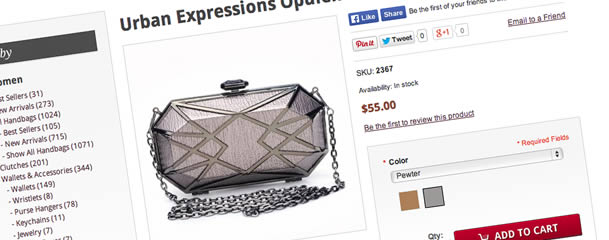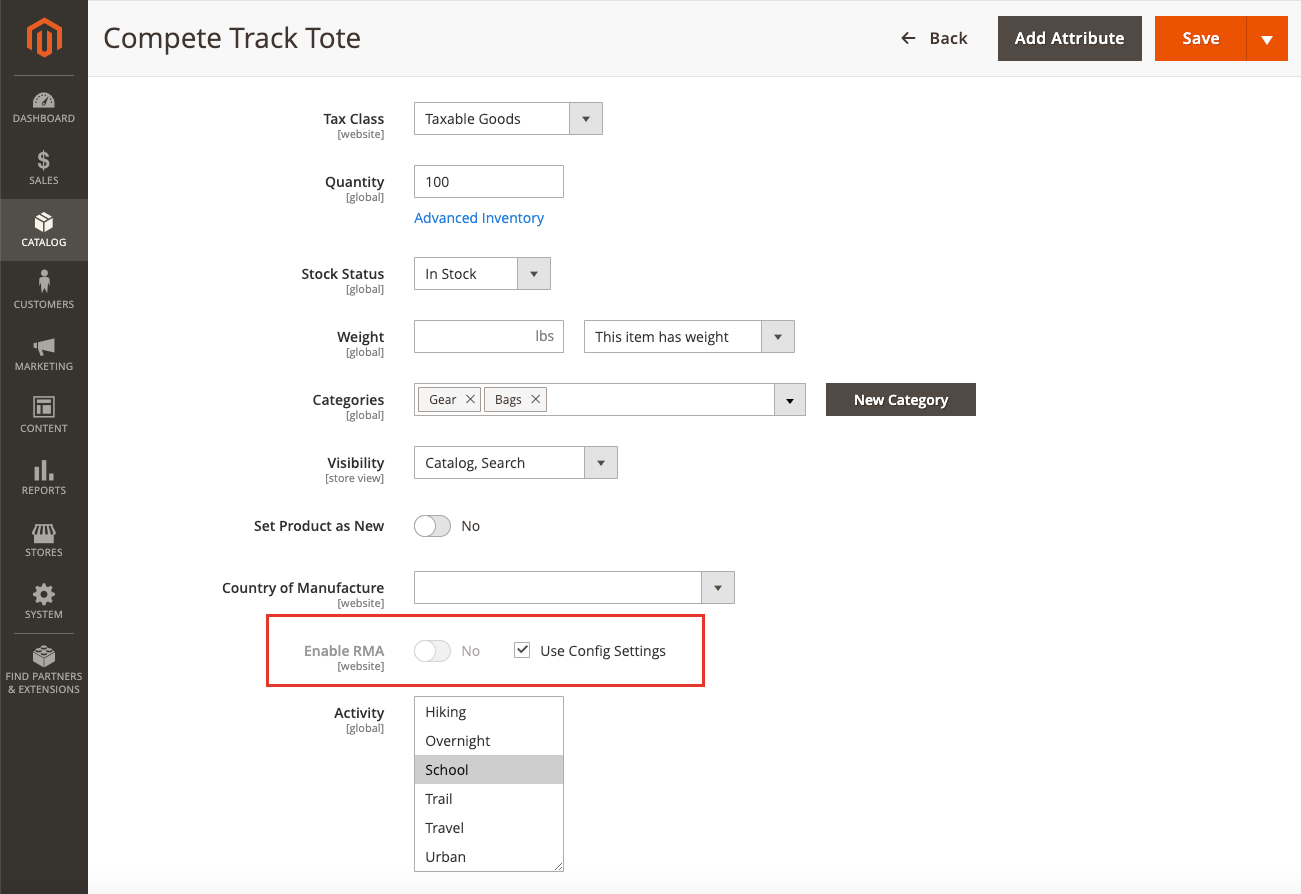


Use dash (-) to position the block after all other elements of its level of nesting. The element name or alias name is specified in the value. Used to position the block after an element under the same parent.

See before and after attributes for details. Use dash (-) to position the block before all other elements of its level of nesting. Used to position the block before an element under the same parent. If not specified, an automatic name will be assigned in the format ANONYMOUS_ nĠ-9, A-Z, a-z, underscore (_), period (.), dash (-). The name must be unique per generated page. Name that can be used to address the block to which this attribute is assigned. Prevents a block from displaying (the associated PHP classes are still loaded). Defaults to Magento\Framework\View\Element\Template. An object of this class is responsible for actual rendering of block output.Ī fully-qualified class name, such as Vendor\Module\Block\Class. Name of a class that implements rendering of a particular block. We recommend always adding a name to blocks. Examples of blocks include a category list, a mini cart, product tags, and product listing. Information can be passed from layout XML files to blocks using the child node.īlocks employ templates to generate HTML. Blocks can have children and grandchildren (and so on). They are the link between a PHP block class (which contains logic) and a template (which renders content). Use the following layout instructions to customize your layout:ĭetails: A block is a unit of page output that renders some distinctive content (anything visually tangible for the end-user), such as a piece of information or a user interface element.īlocks are a foundational building unit for layouts in Magento. For details about how they are used in a particular layout file type, please refer to the Layout file types topic. This topic describes these basic instructions. The basic set of instructions is the same for all types of layout files. Move a page element to another parent element.To add layout changes to a specific page, use a layout file that corresponds to the page’s path.įor example, changes to the app/code/Vendor/Module/view/frontend/layout/catalog_product_view.xml page are loaded on the product details page. To make layout changes available on every page, modify the default.xml file.įor example, layout changes added to app/code/Vendor/Module/view/frontend/layout/default.xml are loaded on all pages. To change the page wireframe, modify the page layout files all other customizations are performed in the page configuration or generic layout files. There are two possible ways to customize page layout in Magento: Use translation dictionary to customize stringsĮdit on GitHub Log an Issue What’s in this topic.Create a responsive mobile theme based on a default theme.
#Magento getdata function reference guide how to#


 0 kommentar(er)
0 kommentar(er)
